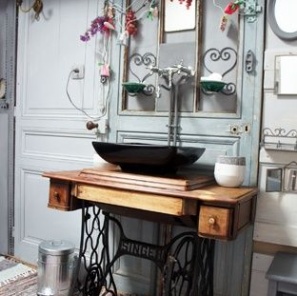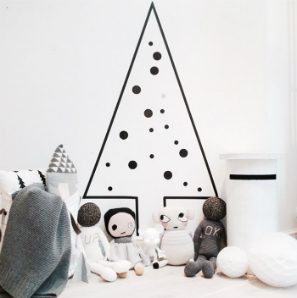Lego: Cultural Phenomenon
Lego bricks, during sixty five years of their existing, turned from the usual toys in a cultural phenomenon, covering design, fashion and art. The Danish Lego was founded in 1932. Production of plastic bricks, resembling their modern analogs, has been launched in 1949. Now they exist in three versions: large Lego Baby blocks for kids, average Duplo blocks for preschoolers and classic small bricks for older kids. All three types can be easily connected together.
Lego: Toy for Architects, Designers and Artists

“Yellow” sculpture by American artist Nathan Savaii
It is assumed that children play with tinker toys up to sixteen years. But in fact the scope of their fans is much wider. Danes understood this and bagan increasingly working targeting to a more adult audience.
Lego has long turned from an attribute of the game room in the cultural phenomenon. Lego’s entry into the market of adults can be dated to the year 2000, when the company released a collection of sets called Lego Studios together with Steven Spielberg. The collection also included a camera and a CD with a computer program for cartoons filming.
Nathan Sawaya from New York makes sculptures of Lego blocks. Dutchman Jan Vormann uses Lego for the Dispatchwork project. He believes that recycling requires too much energy, so it is better to repair old things. To convey this message to the people, Yang patches dents in the walls of old buildings using Lego bricks.
People, who grew up on Lego, are unwilling to part with a favorite toy. An employee of one company demanded a table made of Lego blocks to his office instead of the usual desk. The employee was valuable and his demand was satisfied. There are many things for such people, not directly related to Lego, but made in the image and likeness of the tinker toy.
There is furniture, which is not like Lego, but designed on the same principle. For example, the Paesaggi Italiani storage system designed by Massimo Morozzi, allows to assemble different furniture items of its modules from an ordinary wardrobe to an undulating wall cabinet. Such examples are found at every turn. There is a whole generation of designers, who grown up on Lego and firmly assimilated the ideas contained in this simple-looking toy.
Alicia Kim
Latest posts by Alicia Kim (see all)
- Living Room Bar Ideas - August 29, 2014
- Bar in Living Room Interior - August 29, 2014
- Color Selection Ideas - August 28, 2014
Leave a Reply


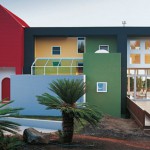


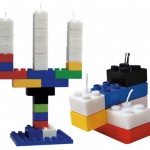
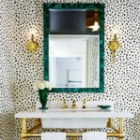

 Color
Color Design Style
Design Style Small Space
Small Space Useful Tips
Useful Tips